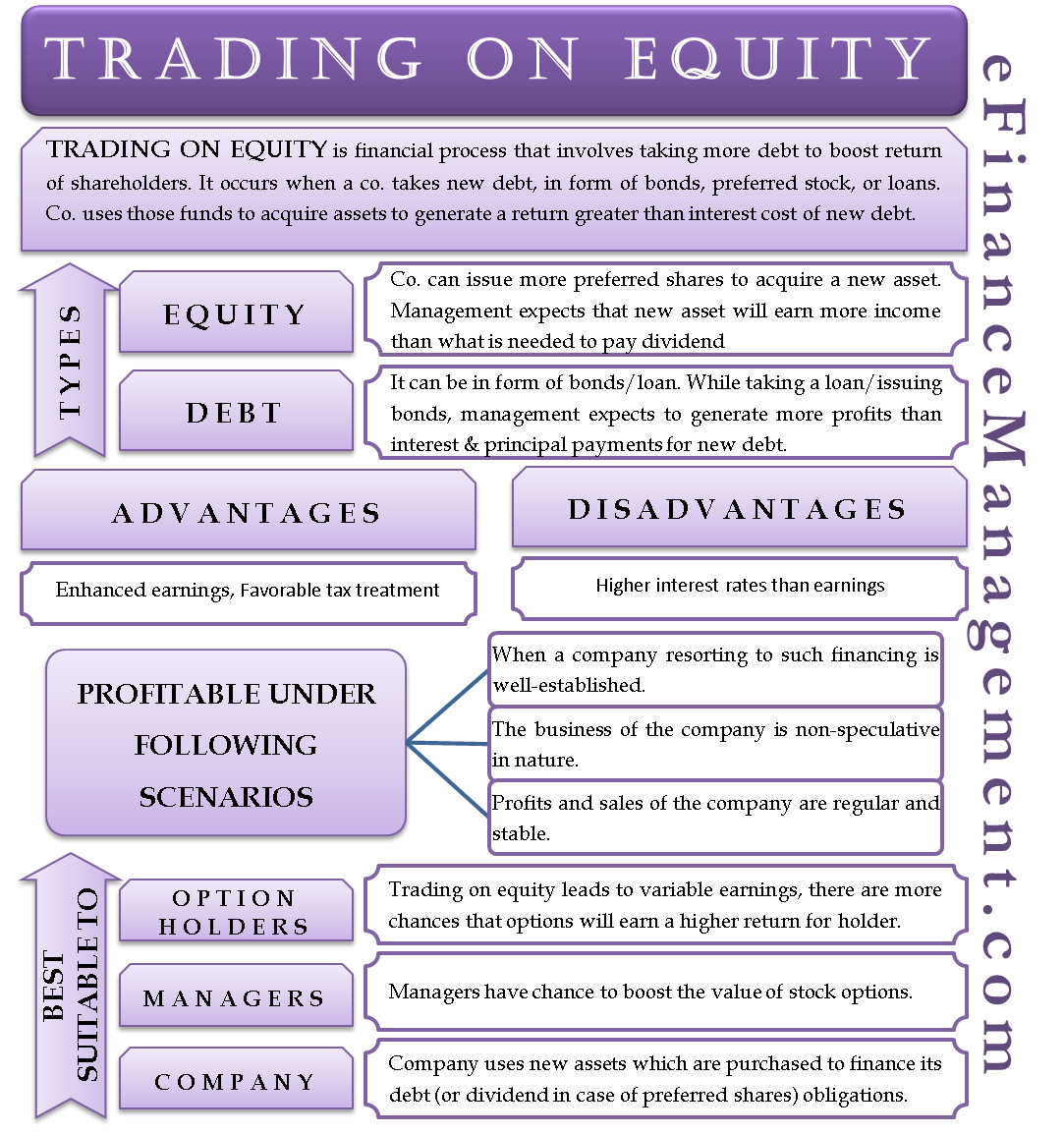
Typically, a business aims to increase an equity ratio of about 0.5 or 50%. Hence, it shows that there is more altogether ownership rather than debt. In addition, it means that the company possesses more than its creditors.

Want to learn more financial ratios?
To stay on top of profitability, they will assess ways to improve efficiency, reduce costs, incentivize employees and optimize operations to maximize the bottom line. GOBankingRates‘ editorial team is committed to bringing you unbiased reviews and information. We use data-driven methodologies to evaluate financial products and services – our reviews and ratings are not influenced by advertisers. You can read more about our editorial guidelines and our products and services review methodology. One company, the Widget Workshop, has been in business for a while—and has always been very careful with how much debt it takes on. That includes things such as how much they’ve spent on their business credit cards as well as how much they’ve borrowed in business loans.
Assets to Equity Ratio in Practice
Generally, a value higher than two indicates that the company has taken considerable debt to remain in business. Another way of contemplating the scenario would be a high value of this metric comparing asset and equity resembles that the return on borrowed capital exceeds the cost of that capital. Therefore, analyzing the financials and financial metrics like the asset to equity correlation is an essential parameter for banks while assessing the firm for credit and loan sanctions. At the company level, internal factors can influence asset turnover ratio. One of the prime drivers is how efficient a company is in maximizing their assets and managing inventory.
Step 3: Apply the Asset Turnover Ratio Formula
Optimal Capital StructureIdentifying the optimal capital structure, which is the mix of debt and equity that minimizes the cost of capital, can greatly improve the equity ratio. Hiring financial consultants or investment banking services can be beneficial to guide these decisions. Credit analysts employ the equity ratio because it provides a clear indication of the company’s long-term solvency. If the equity ratio is high, it demonstrates that a significant portion of the company’s assets is funded by its equity, meaning the company has less debt and therefore, lesser risk of default. Therefore, the equity ratio serves as a critical barometer for gauging a firm’s solvency, particularly during challenging times. Consequently, companies and investors alike should monitor this ratio closely and consider its implications on business operations.
Her focused and goal-oriented approach and hunger to keep improvising make her a one-of-a-kind purposeful advisor. This ratio indicates how easily a company can use its operating income to meet its interest obligations. The interest coverage ratio is given by operating income / interest expenses. Issuing SharesAnother common way for companies to increase equity is by issuing additional shares. While this can lead to dilution of ownership, it is a viable way to raise additional capital without incurring debt.
- This metric, when juxtaposed across different industries, reveals the diverse strategies and financial health inherent within each sector.
- In this case of return on equity ratio, the dividend is not an obligation.
- The asset to equity ratio interpretation parallels the debt to equity ratio (D/E) and equity ratio.
- While having debt isn’t necessarily a deal-breaker, it’s a signal to those examining your financial profile that your company may not be totally solvent.
Furthermore, an investor may derive and check other parameters to make the final decision. The asset to equity analysis establishes an equation between a firm’s total assets and shareholders‘ equity. A low ratio value signifies conservative financing with a more significant portion of investor and fees deduction funding and small debt. The ratio depends on the company’s industry, assets, and financial conditions. There is no ideal ratio value, but every company likes to keep it below the value of 2. Based on this parameter, the firm’s fundamentals are judged and compared with other companies.
The type of industry a company operates in affects its asset turnover ratio. Different industries have varying levels of capital intensity, which directly impacts how assets are used to drive revenue. One way to measure this metric is to understand a business’s asset turnover ratio.
Curious about the relationship between private equity and venture capital? This is a question I had when I was first trying to learn how to compare companies. In these situations, you can only do your best and try to perform the same calculation across the industry as consistently as possible. Compare companies that do one thing very well with similar companies that also do the same thing very well, and compare those that do many things that line up with others doing the same.
Based on the accounting equation, we can assume the total equityis $100,000. For example, retail companies generally have higher asset turnover ratios because they sell products quickly and need fewer assets to generate sales. In contrast, industries like real estate, manufacturing and utilities often have lower asset turnover ratios. These fields rely heavily on infastructure and machinery, which can slow down asset turnover. This may tell the story of your company’s future, whichever way the dice may fall. One of the most critical aspects that stock investing hinges on is how well investors can find useful information from the vast amounts of data available.
